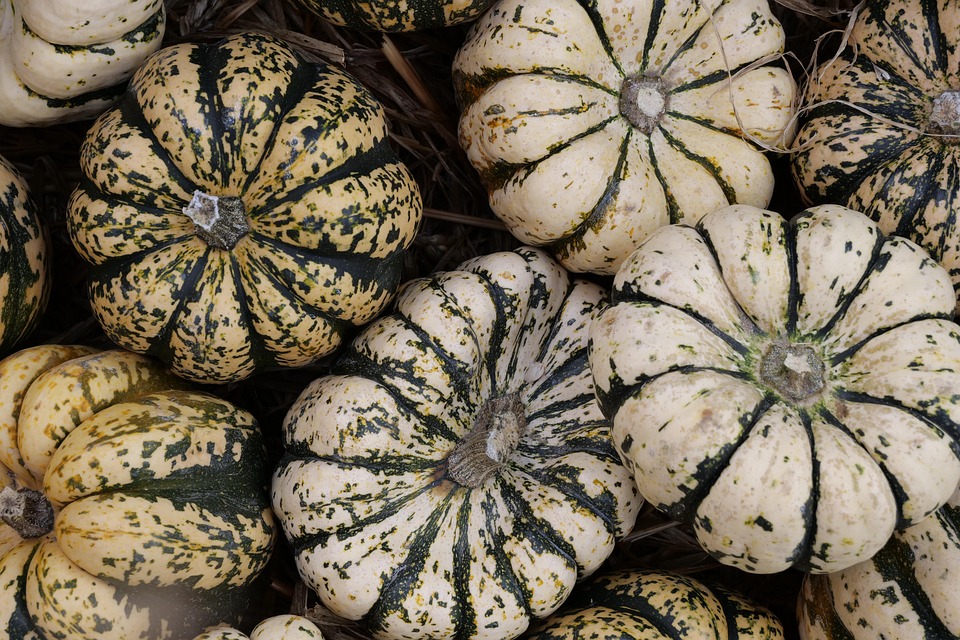**Eco-Friendly Gardening: Cultivating a Sustainable Plant Palette**
## Eco-Friendly Gardening: Cultivating a Sustainable Plant Palette A few springs ago, I found myself knee-deep in vibrant flowers and burgeoning vegetables, conducting a colorful symphony of biodiversity right in my backyard. It was during one of those delightful mornings, with the sun casting a golden hue across dew-kissed leaves, that I realized eco-friendly gardening is not just a choice, but a celebration. The sound of busy bees and chirping birds became the soundtrack for my hours spent amidst nature’s bounty, and each seed I planted felt like a promise to the Earth. ### Understanding Eco-Friendly Gardening Eco-friendly gardening, at its core, is about nurturing the planet while cultivating beautiful floral and edible spaces. This means employing techniques and patterns that are not only sustainable but also beneficial to the ecosystem around us. Instead of relying on harmful chemicals or water-intensive practices, we embrace methods that respect nature’s balance—think companion planting, rainwater harvesting, and organic pest control. #### The Benefits of Eco-Friendly Gardening 1. **Biodiversity**: Increased plant variety invites a broad array of pollinators and beneficial insects into your garden, creating a thriving ecosystem. 2. **Soil Health**: Using organic methods enhances soil microbes which boosts nutrient availability, leading to healthier plants. 3. **Water Conservation**: Methods like mulching and xeriscaping help reduce water usage while maintaining a healthy garden. 4. **Happiness and Well-Being**: Getting hands-on in the garden has been proven to lower stress levels and improve mental health. ### Choosing Your Plant Palette The choice of plants is crucial when it comes to eco-friendly gardening. Selecting native species is a fantastic starting point; they’re adapted to your local climate and will thrive with minimal intervention. Below are considerations when selecting your plant palette: #### 1. **Native Plants**: Opt for plants that are native to your region. They require less water, fewer fertilizers, and are naturally pest-resistant. For example, if you’re in the Midwest, consider coneflowers and black-eyed Susans that easily attract pollinators. #### 2. **Drought-Resistant Varieties**: In areas prone to drought, look for succulents or Mediterranean herbs like lavender and thyme. These plants thrive in dry conditions and need minimal watering. #### 3. **Companion Plants**: Some plants love to keep each other company! Marigolds, for example, ward off pests when planted alongside vegetables. Pairing plants wisely boosts growth and keeps your garden organically maintained. #### 4. **Edible Flowers**: Why not plant beauty with purpose? Edible flowers like nasturtiums or pansies can brighten your salads and attract beneficial insects. ### Design Ideas for Eco-Friendly Gardens Creating an eco-friendly garden isn’t just functional; it’s also a chance to flex your creative muscles. Here are some fresh design ideas: #### 1. **Rain Garden**: A rain garden utilizes rainwater runoff to nourish plants, helping manage stormwater while fostering habitat for wildlife. Create curved beds filled with native perennials to channel water effectively. #### 2. **Vertical Gardens**: For those with limited space, vertical gardens can transform walls into lush green canvases. Consider using recycled materials to construct vertical planters and grow herbs or small flowering plants. #### 3. **Pollinator Gardens**: Dedicate a section of your space to shades of colorful annuals and perennials that attract bees, butterflies, and birds. Mixing plants that bloom at different times will ensure there’s always a food source available for your winged friends. ### Water-Wise Practices Conserving water is a keystone of eco-friendly gardening. Here are strategies that work: #### 1. **Drip Irrigation**: Instead of traditional sprinklers, consider a drip irrigation system that delivers water directly to the roots, minimizing waste. #### 2. **Mulching**: Apply organic mulch to your garden beds. It doesn’t just add aesthetic appeal; it retains moisture, prevents weeds, and enriches the soil as it breaks down. #### 3. **Rain Barrels**: Collect rainwater in barrels connected to your home’s gutters. This free resource can keep your plants hydrated throughout dry spells. ### Pest Management with a Gentle Touch Pests are part of the gardening scene. Rather than resorting to harmful pesticides, consider these eco-friendly alternatives: #### 1. **Natural Predators**: Encourage ladybugs, lacewings, and birds to take up residence in your garden. They’re nature’s first line of defense against pests! #### 2. **Neem Oil**: A natural pesticide derived from neem trees, neem oil disrupts the life cycle of pest insects while being safe for beneficial species. #### 3. **Companion Planting**: Besides drawing in beneficial creatures, the right pairing can deter pests. Plant basil near tomatoes to repel hornworms, for instance. ### Soil Health: Building the Foundation Healthy soil is essential for an eco-friendly garden. Here’s how to boost it naturally: #### 1. **Composting**: Start a compost pile with kitchen scraps and garden trimmings. This not only reduces waste but provides nutrient-rich food for your plants. #### 2. **Cover Crops**: Planting cover crops like clover or vetch in your off-seasons helps improve soil structure and can prevent erosion. #### 3. **Soil Testing**: Regularly check your soil’s pH and nutrient levels to tailor your soil amendments accurately. Community extension services often offer affordable testing. ### Pro Tips for Eco-Friendly Gardening 1. **Plan for Each Season**: Rotate crops and choose plants wisely to maximize yields and health. 2. **Join a Community**: Local gardening groups can provide advice, plant swaps, and camaraderie to enhance your eco-friendly gardening experience. 3. **Experiment**: Don’t be afraid to try new plants and methods to find what thrives best in your specific environment. 4. **Observe Nature**: Spend time observing local flora and fauna. It can inspire you to create an edible or decorative garden that works harmoniously with your local ecosystem. 5. **Share the Harvest**: Exchange produce with neighbors or donate excess to local food banks. This fosters community, reduces waste, and promotes the sustainable gardening ethic. ### Final Thoughts Eco-friendly gardening is an ongoing journey that requires patience, creativity, and a willingness to learn. Whether you’re transforming a backyard into a sustainable sanctuary or cultivating a few pots on a balcony, each effort counts towards a more resilient planet. As you plant your seeds and nurture your garden, remember that you’re not just cultivating plants;










